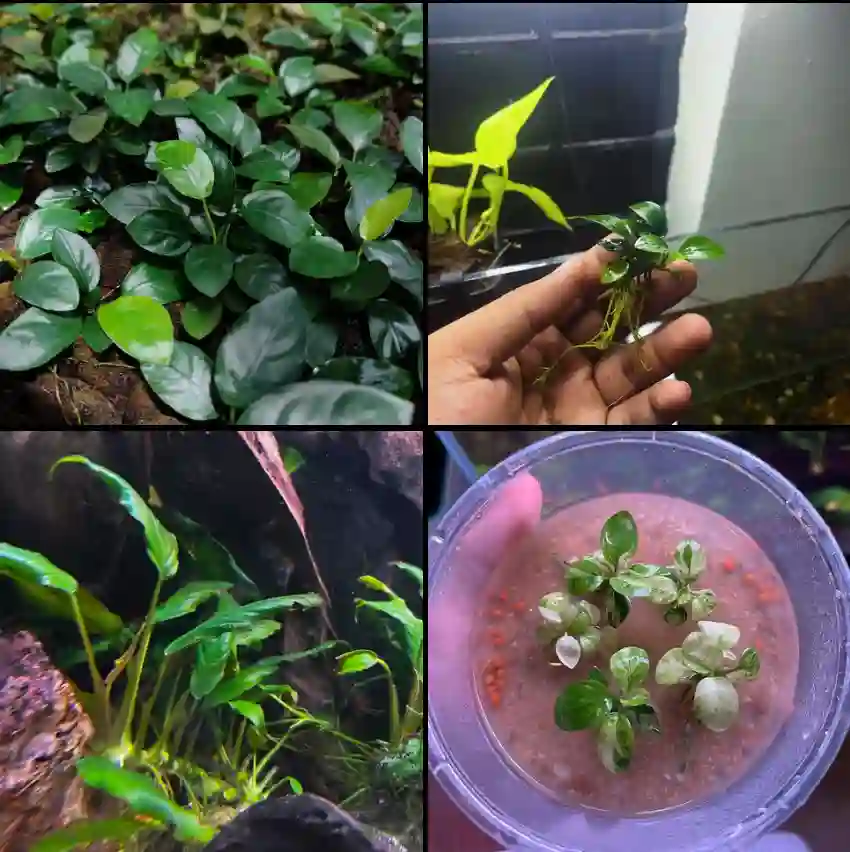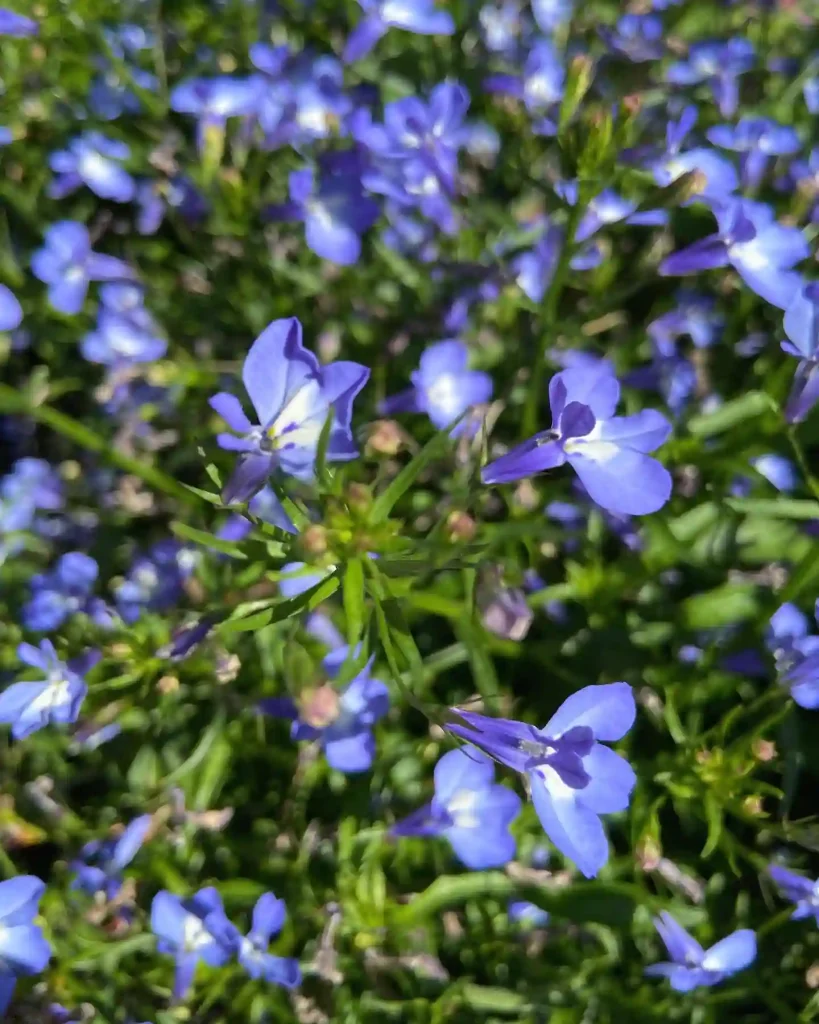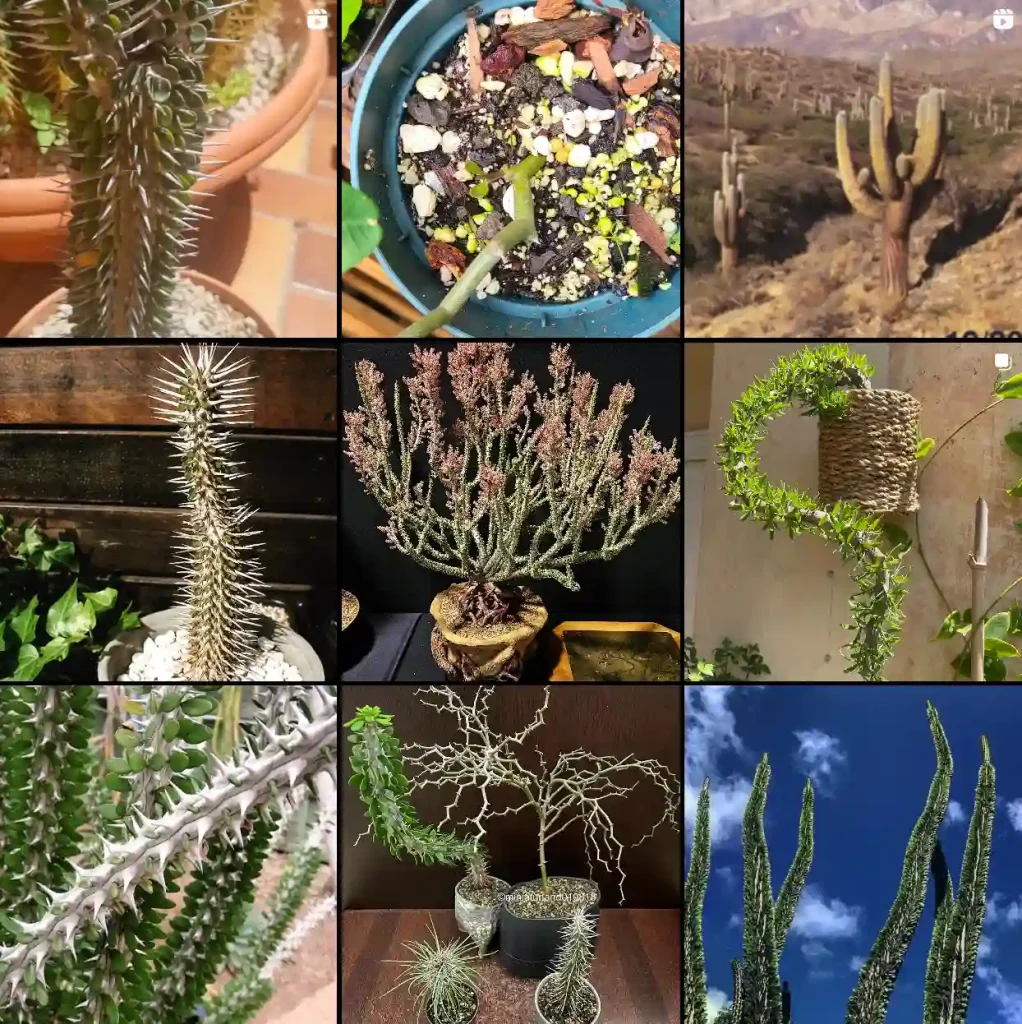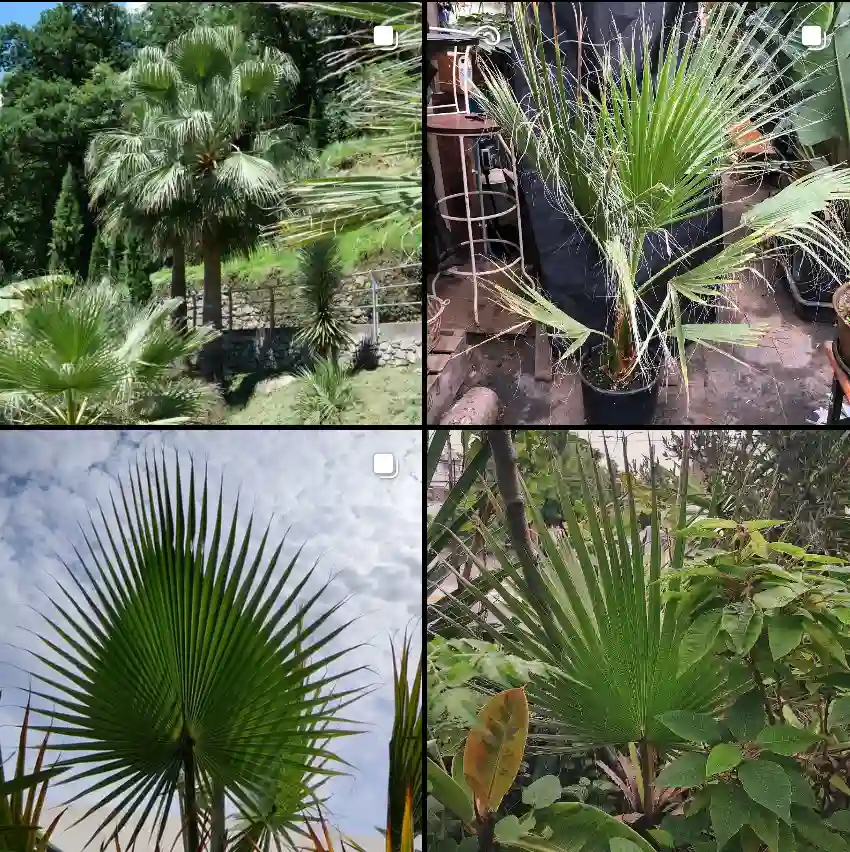FAQs About Baptisia Cherries Jubilee
Baptisia Cherries Jubilee is a striking perennial that’s captured my attention with its vibrant, cherry-red flowers and unique foliage. If you’re considering adding this plant to your garden, you might have some questions. Here’s a detailed look at what you need to know about Baptisia Cherries Jubilee based on my experiences.
25 Species in Genus Baptisia
What Is Baptisia Cherries Jubilee?
Baptisia Cherries Jubilee, also known as False Indigo, is a hybrid cultivar of Baptisia. It’s known for its rich, cherry-red blooms that appear in late spring and early summer. The plant boasts a bushy, upright growth habit with attractive foliage that changes color as the season progresses. It belongs to the Fabaceae family and is well-regarded for its ability to enhance garden aesthetics with its bold color.
How to Care for Baptisia Cherries Jubilee?
Caring for Baptisia Cherries Jubilee is relatively straightforward, which is one reason I find it so appealing. Here are some tips based on my experience:
- Sunlight: This plant thrives in full sun to partial shade. I’ve found that a spot with at least six hours of sunlight daily works best for vibrant blooms.
- Soil: Baptisia prefers well-drained soil. While it’s tolerant of various soil types, it grows best in loamy soil with good drainage. Avoid heavy clay soils as they can cause root rot.
- Watering: Once established, Baptisia is quite drought-tolerant. I typically water it sparingly, only during prolonged dry spells. Overwatering can lead to root issues.
- Fertilizing: I usually don’t fertilize Baptisia Cherries Jubilee often. It’s a low-maintenance plant that doesn’t require much feeding. If you choose to fertilize, use a balanced, all-purpose fertilizer in early spring.
- Pruning: Minimal pruning is needed. I remove spent blooms to encourage a tidier appearance and to prevent self-seeding, though I’ve found that the plant usually maintains a neat shape on its own.
How to Propagate Baptisia Cherries Jubilee?
Propagation of Baptisia Cherries Jubilee can be done through several methods:
- Seeds: Collect seeds from the mature plant in late summer. Sow them in a seed-starting mix and keep them moist until they germinate. I’ve found that cold stratification (a period of cold treatment) can help improve germination rates.
- Division: This method is best done in early spring or late fall. Divide the root clumps carefully to avoid damaging the plant. Replant the divisions immediately in well-prepared soil.
- Cuttings: While less common for Baptisia, softwood cuttings can be taken in early summer. Rooting hormone can help improve success rates.
What to Plant With Baptisia Cherries Jubilee?
Baptisia Cherries Jubilee pairs beautifully with other garden plants. Here are a few combinations that have worked well for me:
- Daylilies: Their bright colors complement the red blooms of Baptisia and provide a long-lasting display.
- Black-eyed Susans: Their yellow flowers create a striking contrast with Baptisia’s red, making both plants stand out.
- Echinacea: The purple or pink blooms of Echinacea provide a pleasing color contrast and can extend the blooming season.
- Ornamental Grasses: Grasses like Feather Reed Grass or Little Bluestem add texture and movement, enhancing the overall garden design.
How to Use Baptisia Cherries Jubilee in the Garden?
Baptisia Cherries Jubilee is versatile in garden design. I’ve used it in various ways:
- Borders: Its upright growth makes it ideal for borders, where it can serve as a colorful focal point.
- Mass Planting: Planting several Baptisia together creates a bold statement and attracts pollinators.
- Cut Flowers: Although not commonly used as a cut flower, its unique blooms can add a special touch to floral arrangements.
Is Baptisia Cherries Jubilee Toxic?
Baptisia Cherries Jubilee is not listed as highly toxic, but it is always wise to exercise caution. The plant’s seeds and foliage can be mildly toxic if ingested, so it’s best to keep it out of reach of children and pets. In my experience, there have been no serious issues, but it’s good practice to be cautious.
Common Problems and Solutions
Here are some issues I’ve encountered with Baptisia Cherries Jubilee and how I’ve addressed them:
- Leaf Spot: This fungal issue can occur in humid conditions. I manage it by ensuring good air circulation and applying a fungicide if needed.
- Root Rot: Occurs if the soil is too wet. I address this by improving soil drainage and avoiding overwatering.
- Leggy Growth: This can happen if the plant doesn’t get enough sunlight. I ensure it receives adequate light and cut back any overly leggy stems.
Baptisia Cherries Jubilee has been a rewarding addition to my garden, offering both beauty and ease of care. Whether you’re a seasoned gardener or just starting out, this plant’s vibrant color and robust nature make it a fantastic choice for adding a splash of red to your outdoor space.
If i die, water my plants!



